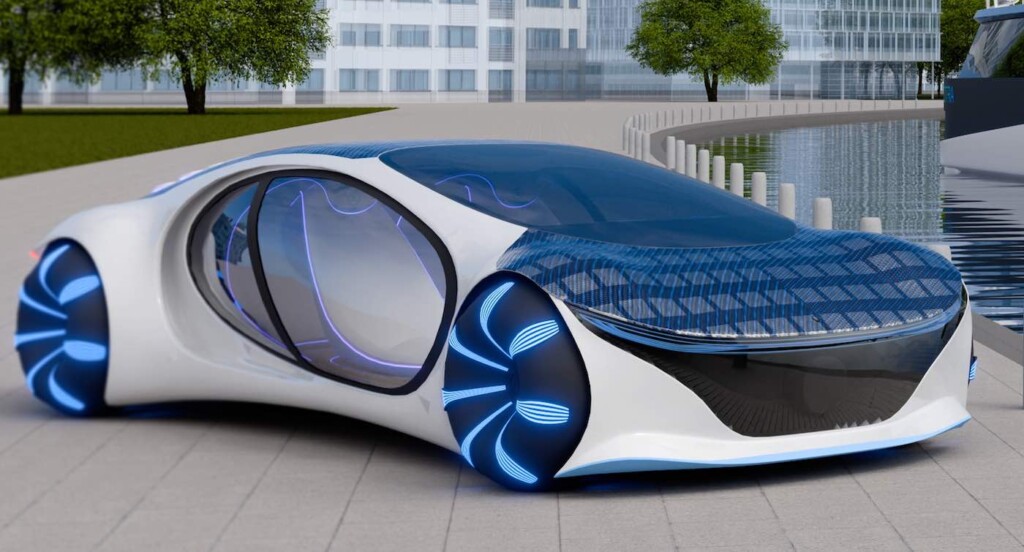.jpg?ext=.jpg)
The ANYmal robot walks through Onkalo's underground tunnels (Image: Tapani Karjanlahti / Posiva)A four-legged robot designed for autonomous operation in challenging environments has been put through its paces at a depth of more than 400 metres in the tunnels of the Onkalo underground used nuclear fuel repository near Olkiluoto, Finland.A research team led by the Swiss robotics company ANYbotics visited Olkiluoto in June to test the functionality of its ANYmal robot in underground facilities. The test was organised by Euratom - the European Atomic Energy Community - together with Finnish radioactive waste management company Posiva Oy.The ANYmal robot has been under development for many years. The roots of the ANYbotics company go back to the Swiss Institute of Technology, EHT. A group of researchers from the educational institution built the first four-legged robot back in 2009, and ANYbotics was founded for the commercialisation of this technology in 2016.The ANYmal robot uses laser sensors and cameras to observe the environment and can locate its own position very precisely. By combining observation data with location data - such as a map or area scan data - it can plan its navigation route independently when necessary.Posiva said Onkalo offered a unique framework for the robot to move, noting that there are tunnels in other parts...

